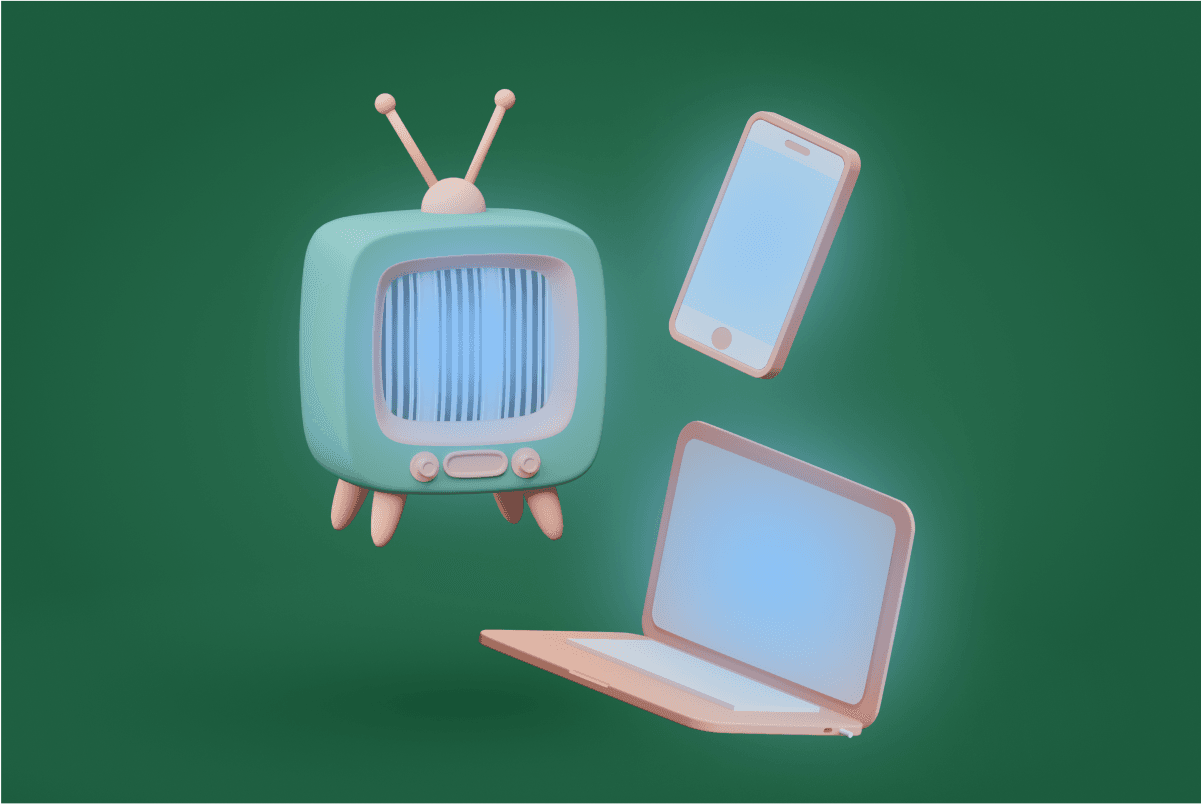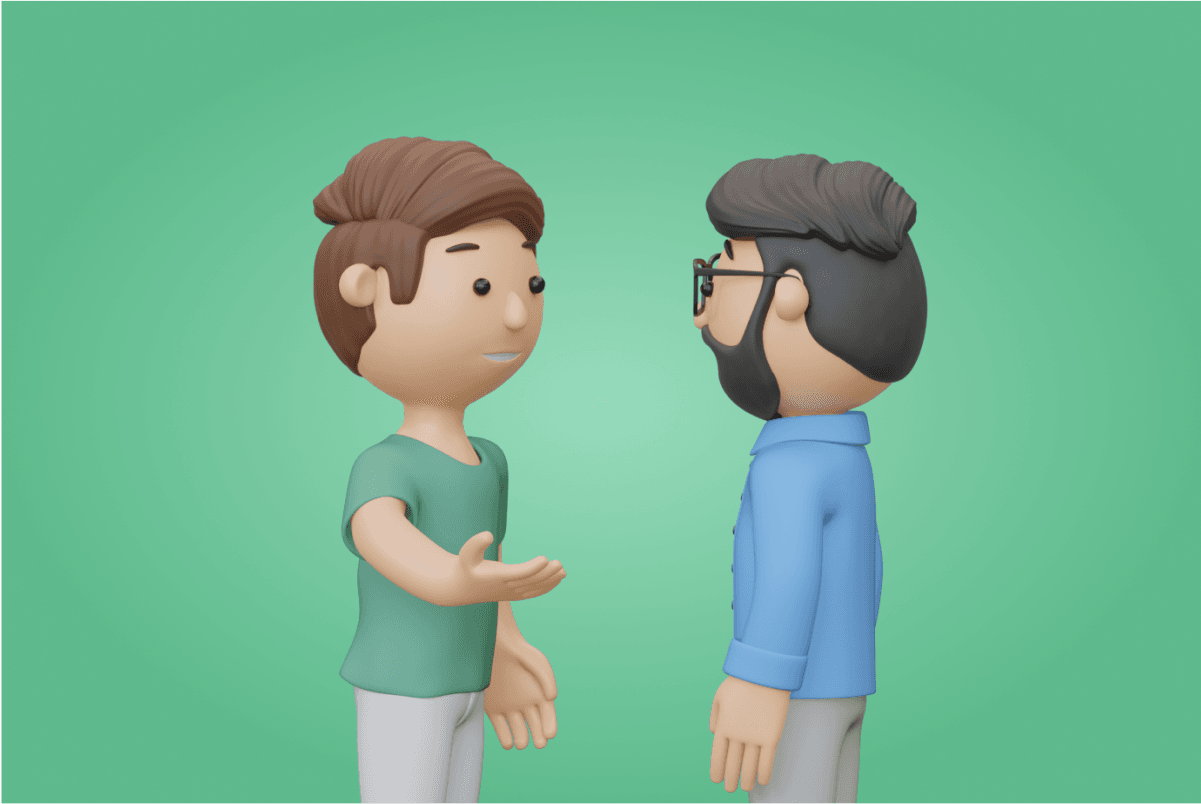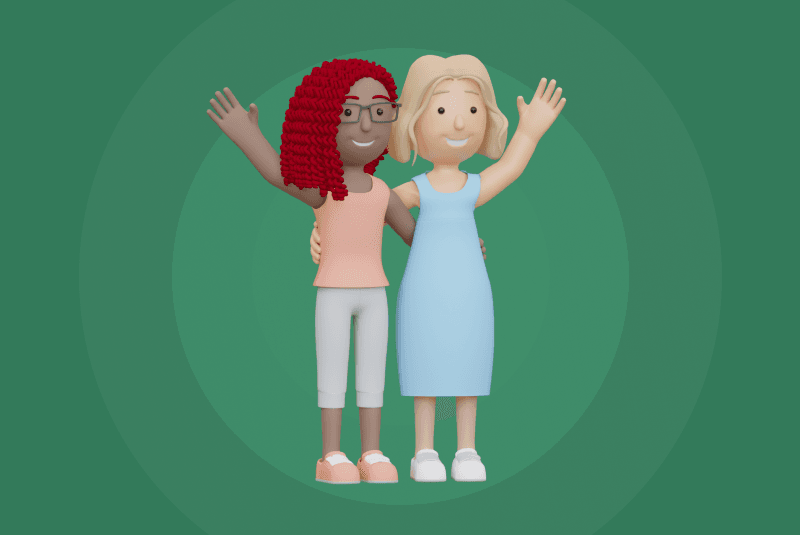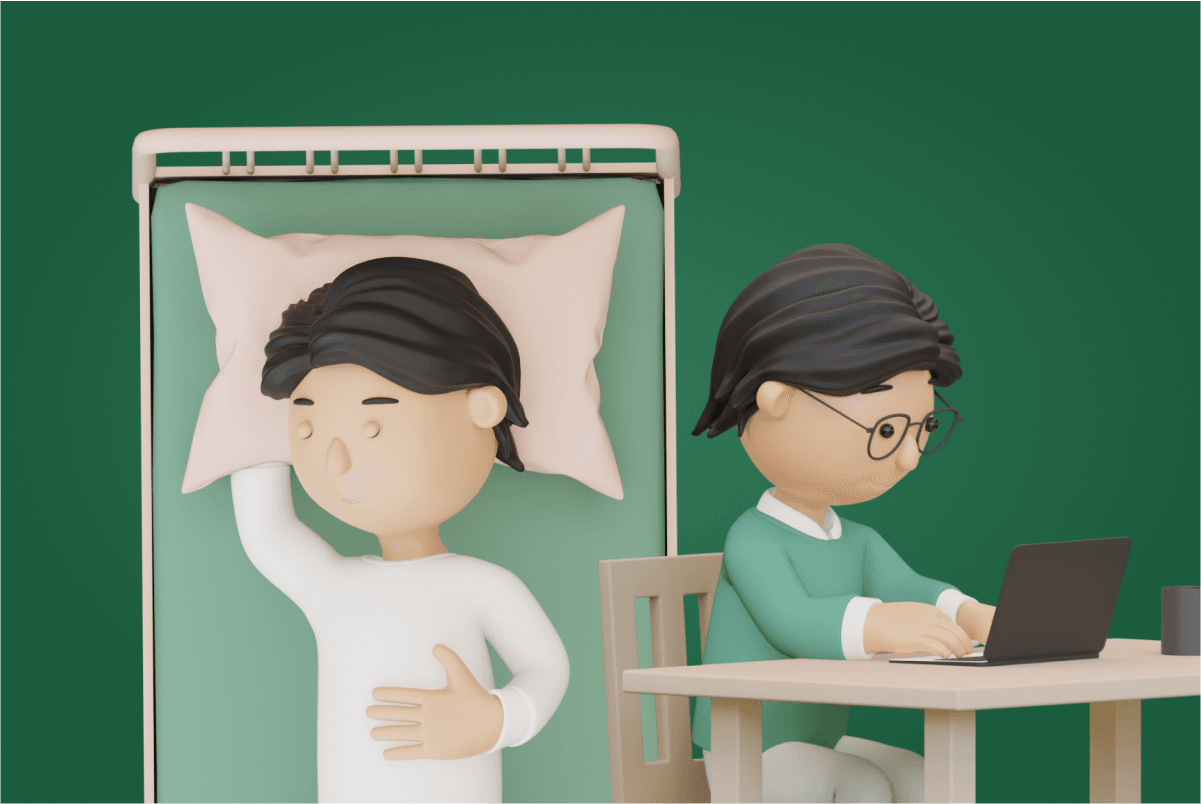The 'I Don't Want to Bother Anyone' Trap and How to Get Out of It
The blue glow from our devices might seem harmless, but there's mounting evidence that it impacts our sleep health. With screens becoming an integral part of our lives, it's essential to understand how blue light affects our sleep and what we can do to minimize its impact. Let's delve into it.
What is Blue Light?
Blue light is a part of the visible light spectrum. It's present in sunlight and is essential during daytime as it boosts alertness, mood, and cognitive functions. However, artificial sources of blue light, such as smartphones, tablets, computers, and LED lighting, can disrupt our natural sleep-wake cycle, especially when we're exposed to them during the evening.
The Science Behind Blue Light and Sleep
- Melatonin Suppression: Melatonin is a hormone responsible for regulating sleep. Research shows that blue light exposure can suppress melatonin production more than other types of light, leading to difficulty falling asleep and reduced REM sleep.
- Circadian Rhythm Disruption: Our internal body clock, or circadian rhythm, aligns with the natural light-dark cycle. Blue light exposure, especially during the evening, can shift this rhythm, making it harder to wake up in the morning and causing sleep disturbances.
- Impact on REM Sleep: Blue light exposure before bedtime can not only delay REM (rapid eye movement) sleep but also decrease its duration. REM sleep plays a crucial role in memory consolidation and mood regulation.
Minimizing the Impact of Blue Light
- Screen-Free Time Before Bed: Make it a habit to disconnect from screens at least an hour before bedtime. Use this time for relaxation, reading a physical book, or other non-screen-based activities.
- Blue Light Filters: Most modern devices come with built-in settings or apps that reduce blue light emission. Examples include "Night Shift" on Apple devices or "Night Mode" on Android.
- Wear Blue Light Blocking Glasses: These glasses come with specialized coatings that filter out blue light. They can be particularly useful if you work on screens during the evening.
- Opt for Warmer Light Sources: If possible, choose light bulbs that emit warmer hues during the evening, such as yellow or orange. They contain less blue light compared to cooler, whiter light sources.
- Stay Informed and Aware: As technology and research advance, stay updated on newer ways to combat the effects of blue light.
Conclusion
While technology brings convenience to our lives, it's essential to use it mindfully, especially when it comes to our sleep health. Recognizing the impact of blue light and taking steps to mitigate its effects can lead to better sleep quality and overall well-being. Sleep well!



